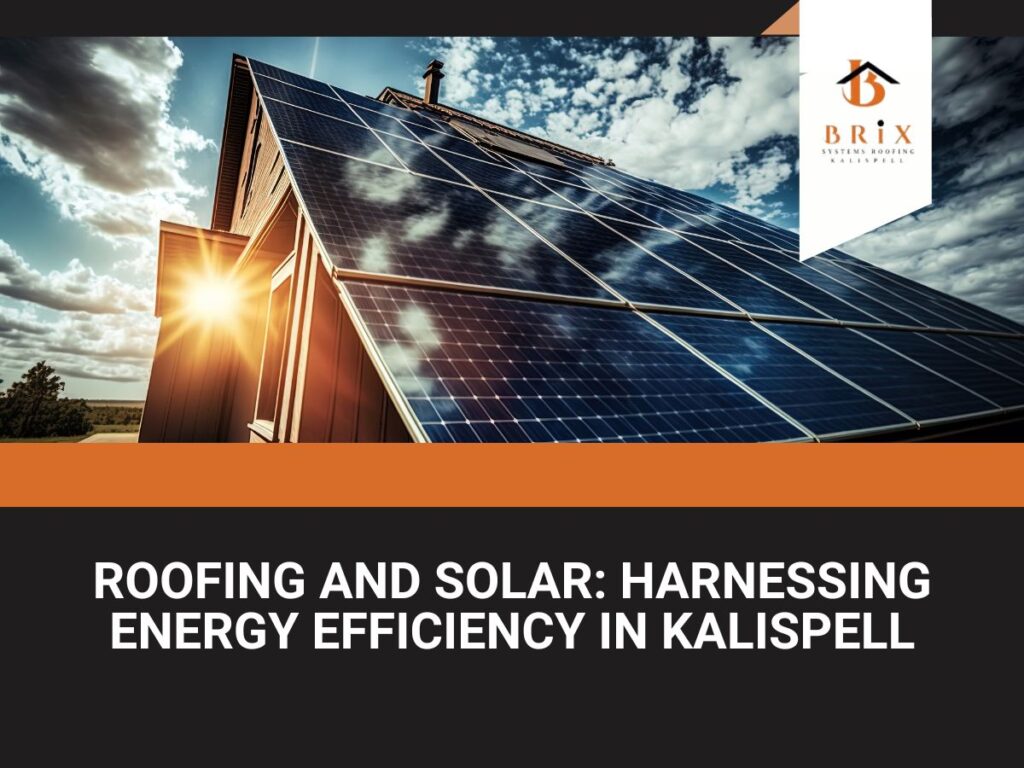
Kalispell, nestled in the heart of the Flathead Valley, is known for its stunning natural beauty and outdoor recreation. However, as a community, we also have an opportunity to lead the way in sustainable living and energy efficiency. By harnessing the power of the sun and investing in high-performance roofing, Kalispell residents can reduce their carbon footprint, save money on energy costs, and contribute to a cleaner, greener future for generations to come.
In this blog post, we'll explore the benefits of solar energy and energy-efficient roofing, and provide practical tips and resources for homeowners in Kalispell looking to make the switch. From the latest advancements in solar technology to the importance of proper roof installation and maintenance, we'll cover everything you need to know to make informed decisions about your home's energy future.
So, whether you're a long-time resident or a newcomer to Kalispell, join us as we delve into the world of roofing and solar energy, and discover how you can play a part in creating a more sustainable community.
The choice of roofing materials and design significantly affects a building's energy consumption and thermal comfort. Traditional roofing materials, such as asphalt shingles and dark-colored tiles, absorb a substantial amount of solar radiation, leading to heat buildup within the structure.
This heat absorption contributes to higher indoor temperatures, especially during hot summer months, necessitating increased energy usage for cooling purposes.In contrast, innovative roofing materials and designs offer solutions to mitigate these energy inefficiencies.
Reflective or "cool" roofing materials, for instance, possess properties that enable them to reflect a significant portion of solar radiation away from the building, reducing heat absorption and minimizing thermal transfer into the interior spaces. Advancements in roofing design, such as the incorporation of ventilation systems and insulation layers, contribute to enhanced energy efficiency by promoting air circulation and reducing heat transfer through the roof assembly.
Reflective roofing materials, commonly referred to as "cool roofs," offer several benefits in terms of energy efficiency and comfort:
Cool roofs reflect a higher percentage of solar radiation compared to traditional roofing materials, thereby minimizing heat gain within the building envelope. This reduction in heat absorption helps maintain lower indoor temperatures, reducing the reliance on mechanical cooling systems and decreasing energy consumption.
By reflecting solar heat, cool roofs contribute to a more comfortable indoor environment, particularly in regions with hot climates or intense sun exposure. Occupants experience fewer temperature fluctuations and enjoy enhanced comfort levels throughout the year.
The use of cool roofing materials can lead to substantial energy savings by reducing the need for air conditioning during peak demand periods. As a result, building owners and occupants benefit from lower energy bills and reduced operational expenses over the long term.
Cool roofs typically experience less thermal stress and UV degradation compared to traditional roofing materials, leading to a longer service life and reduced maintenance requirements. The reflective properties of these materials also help mitigate temperature fluctuations, minimizing the risk of thermal expansion and contraction that can compromise roof integrity.
Energy-efficient roofing options contribute to environmental sustainability by reducing greenhouse gas emissions associated with energy consumption. By lowering electricity demand for cooling purposes, cool roofs help mitigate the urban heat island effect and decrease the overall carbon footprint of buildings.
Solar roofing presents a transformative solution to energy generation, offering numerous advantages for both individuals and communities. This following delves into the benefits of solar roofing in Kalispell, emphasizing its capacity to reduce energy costs and environmental impact through the integration of solar panels into roofing systems.
Advantages of Solar Roofing in Kalispell
Selecting the appropriate roofing materials is critical for seamless integration and optimal performance of solar panels. This section examines various roofing materials suitable for solar panel installation and offers insights on factors to consider when making the selection.
Selecting roofing materials suitable for solar panel installation is crucial for optimal performance. Common choices include asphalt shingles, metal roofing, tile roofing, slate roofing, and flat roofing systems.
Each material offers unique advantages in terms of durability, stability, and compatibility with solar mounting systems, ensuring efficient energy production.
They are one of the most common roofing materials in North America due to their affordability and versatility. They provide a stable and durable surface for solar panel installation, making them a popular choice for residential properties.
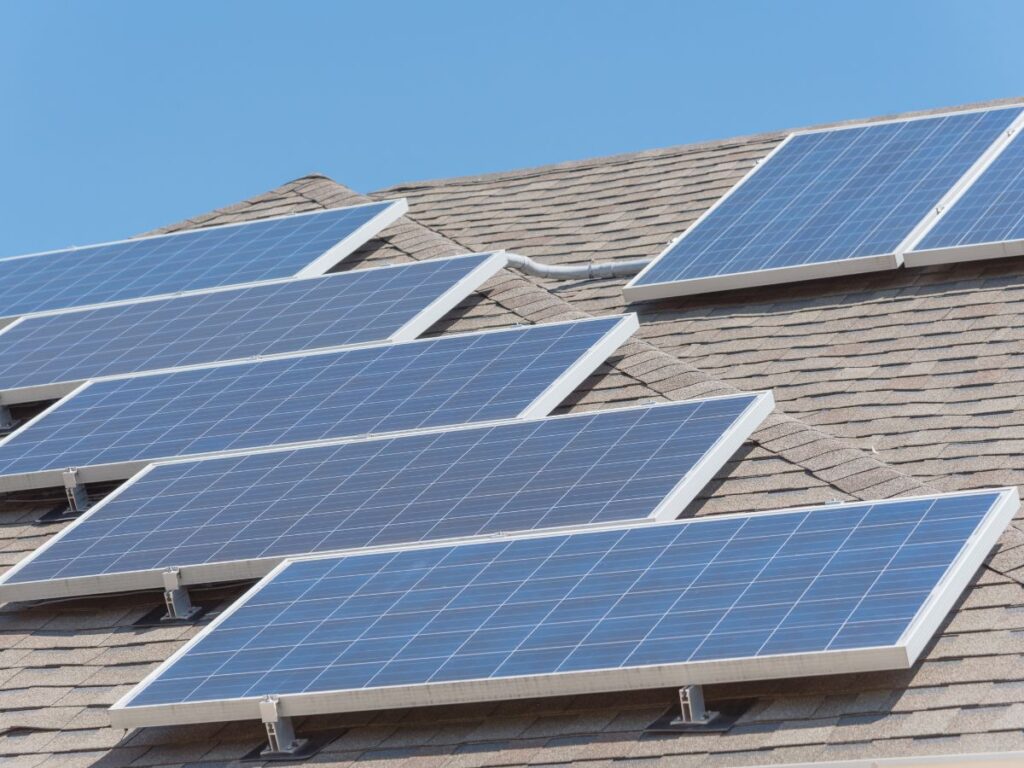
It offers excellent durability and longevity, making it an ideal option for solar integration. Metal roofs provide a stable platform for solar panels and can withstand the weight and rigors of installation.
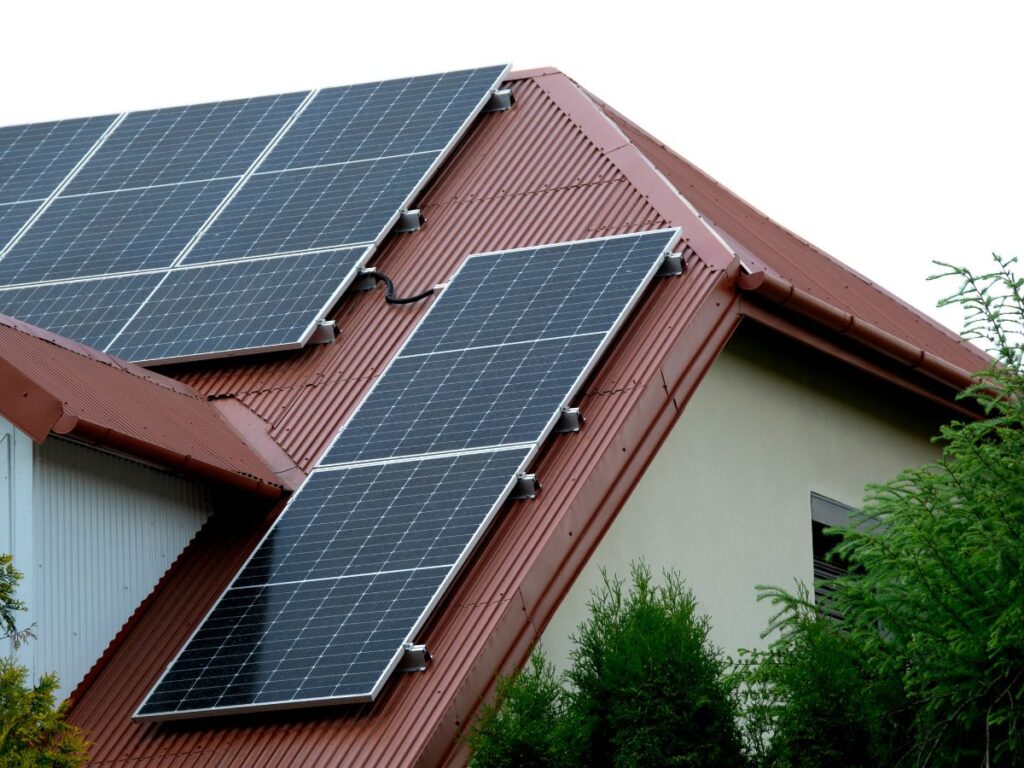
Tile roofing, including clay and concrete tiles, is renowned for its aesthetic appeal and durability. While tile roofs can accommodate solar panels, installation may require specialized mounting hardware and careful consideration of weight distribution.
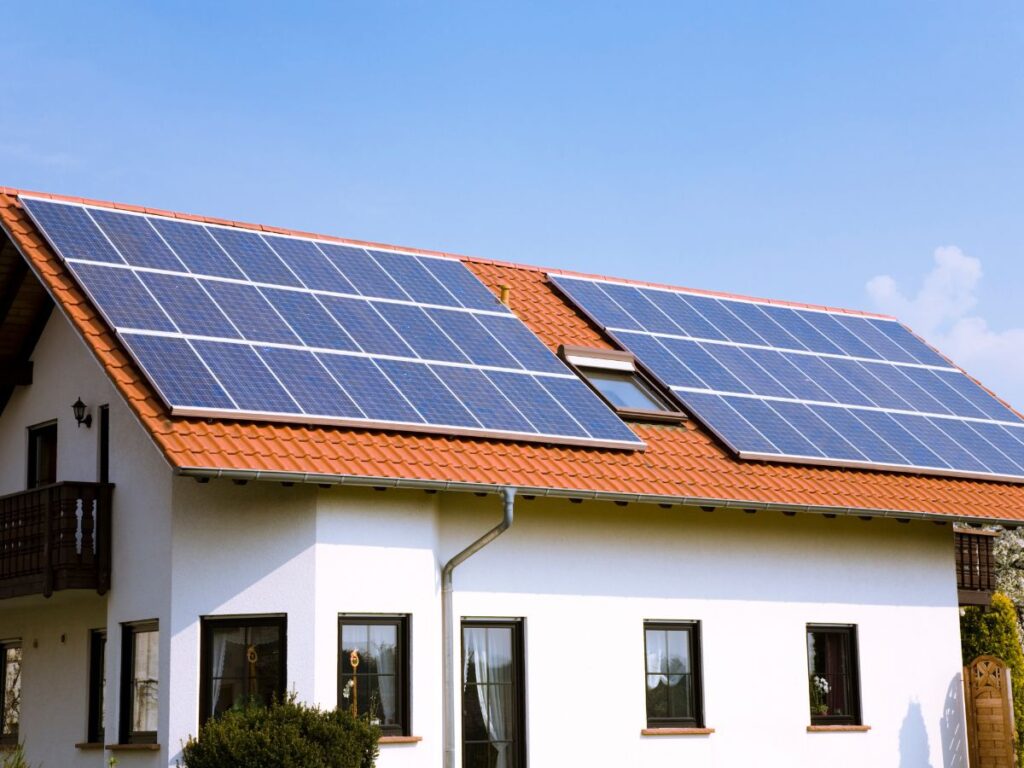
It offers unparalleled beauty and longevity, making it a preferred choice for upscale homes and historic properties. While slate roofs can support solar panel installation, the process may be more complex and require professional expertise due to the unique characteristics of slate tiles.
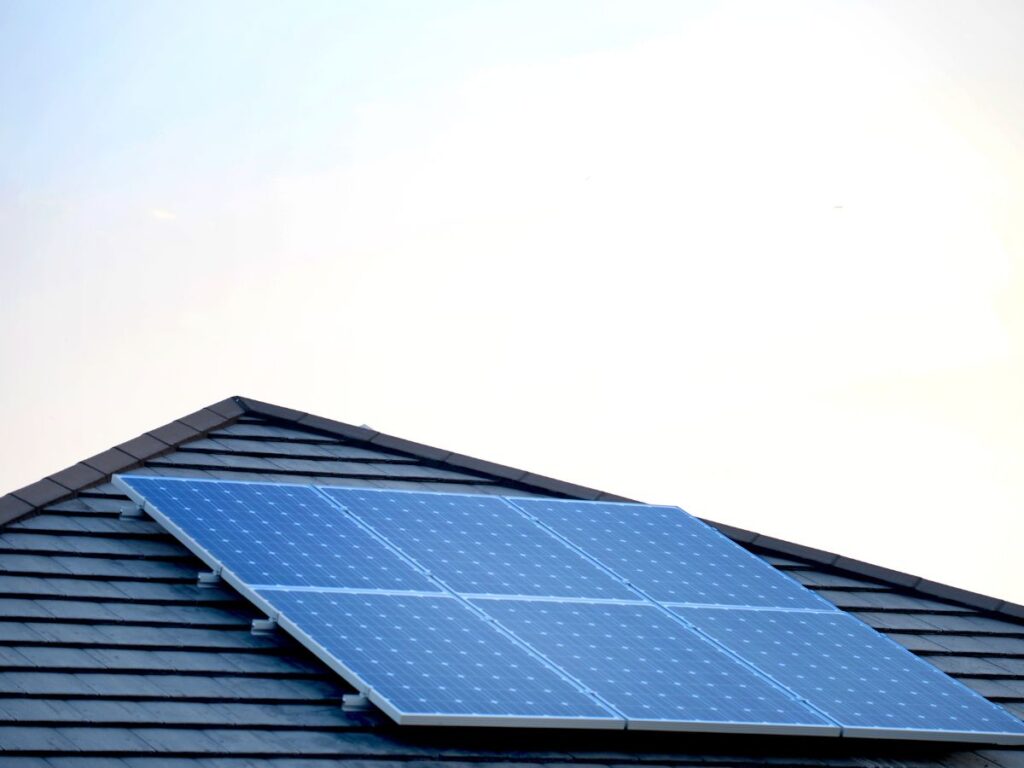
Flat roofing systems, commonly found in commercial and industrial buildings, present unique opportunities for solar panel installation. TPO, EPDM, and PVC membranes are popular choices for flat roofs due to their durability and compatibility with solar mounting systems.
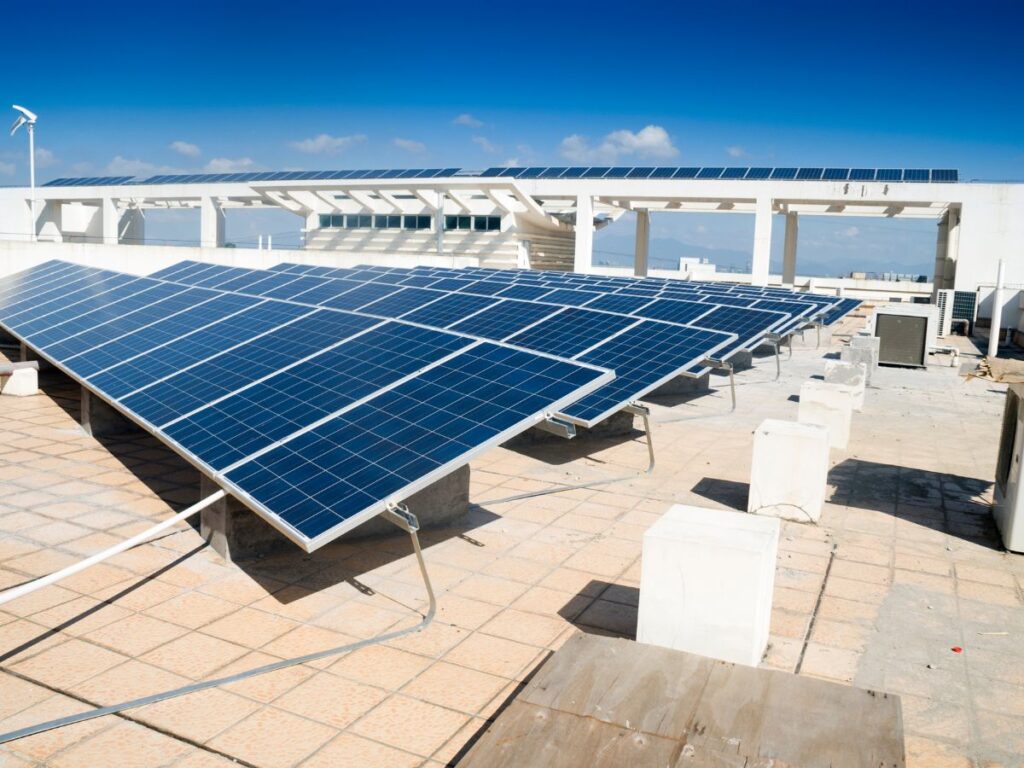
When considering roofing materials for solar integration, several key factors come into play. Firstly, the structural integrity of the roof is paramount. It must be capable of supporting the additional weight of the solar array, including panels, mounting hardware, and racking systems.
Consulting with a structural engineer or roofing professional can assess the load-bearing capacity and suitability for solar installation.
Another crucial consideration is the roof's orientation and pitch. South-facing roofs with a slope of 30 to 45 degrees typically receive the highest levels of solar irradiation, maximizing energy production. However, adjustments can be made for east-facing, west-facing, or flat roofs to optimize performance.
Sun exposure is also vital. Shading from nearby trees, buildings, or obstructions can diminish solar energy output and impact system performance. Selecting roofing materials that minimize shading and maximize sunlight exposure enhances the effectiveness of solar arrays.
Considering the warranty and longevity of the roofing materials is essential. Ensure they are compatible with solar panel installation and won't void the roof warranty. Investing in durable and weather-resistant materials provides peace of mind and protects the roof system over its lifespan.
Lastly, aesthetics and design play a role. The roofing materials should complement the property's architectural style and enhance curb appeal. Integrating solar panels into the roof design in a visually pleasing and harmonious manner adds value and appeal to the property.
Roof design plays a critical role in maximizing the efficiency of solar energy generation, influencing factors such as solar exposure, tilt angles, and overall energy production. This section explores how roof design impacts solar energy efficiency and discusses strategies for optimizing energy generation through proper roof orientation and tilt angles.
Roof design significantly affects solar energy generation efficiency. Factors such as orientation, pitch, and shading determine sunlight exposure, directly impacting energy output.
Optimizing roof characteristics, like slope and direction, can maximize solar absorption, while minimizing obstructions ensures consistent performance, ultimately enhancing the overall efficiency of solar systems.
The orientation of the roof relative to the sun's path directly affects the amount of sunlight received by solar panels. South-facing roofs typically receive the most sunlight throughout the day in the northern hemisphere, maximizing energy production.
East and west-facing roofs receive sunlight during specific periods, while north-facing roofs receive minimal direct sunlight and are less suitable for solar energy generation. Proper roof orientation ensures optimal solar exposure, maximizing energy efficiency and production potential.
The tilt angle of solar panels determines the angle at which they receive sunlight and impacts energy production efficiency. In regions with fixed tilt mounting systems, such as Kalispell, the tilt angle is typically optimized based on the latitude of the location to maximize annual energy yield.
For example, roofs in Kalispell are often tilted at angles close to the latitude of approximately 48.2 degrees to capture the most sunlight throughout the year. Adjustable tilt mounting systems allow for seasonal adjustments to optimize energy production during different times of the year.
Our exploration of energy efficiency in Kalispell emphasizes the transformative potential of roofing and solar technologies. By harnessing these innovations, individuals and communities can significantly reduce their carbon footprint while enjoying cost savings and environmental benefits.
Investing in energy-efficient roofing and solar solutions not only enhances sustainability but also contributes to a brighter future for Kalispell and beyond. Let's seize this opportunity to embrace these technologies, paving the way for a greener, more sustainable tomorrow. Together, let's build a future where clean energy powers our lives and preserves our planet for generations to come.